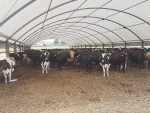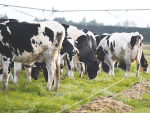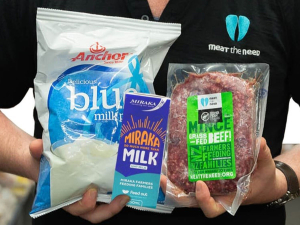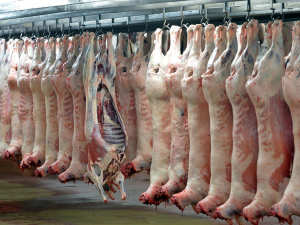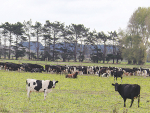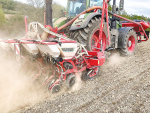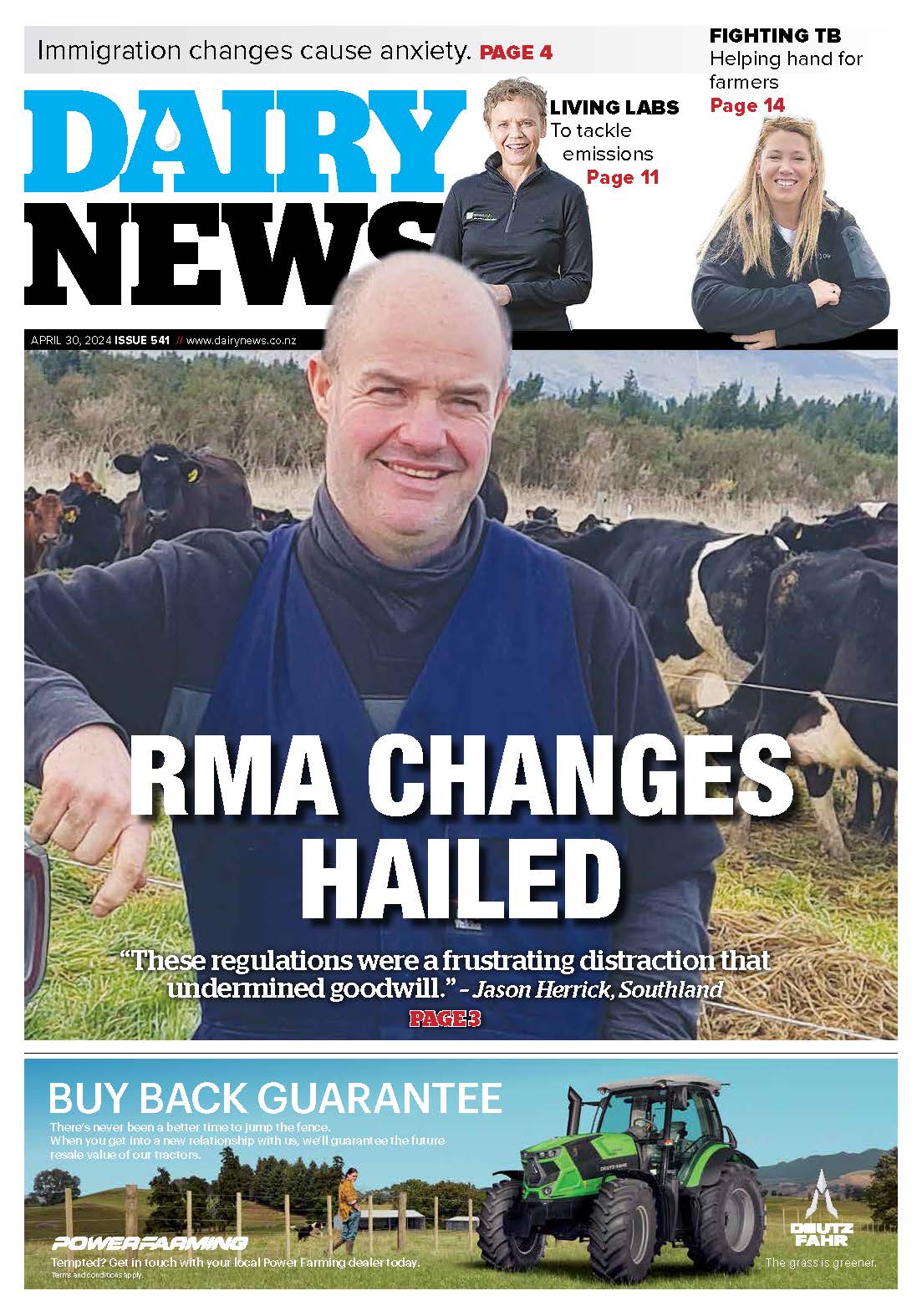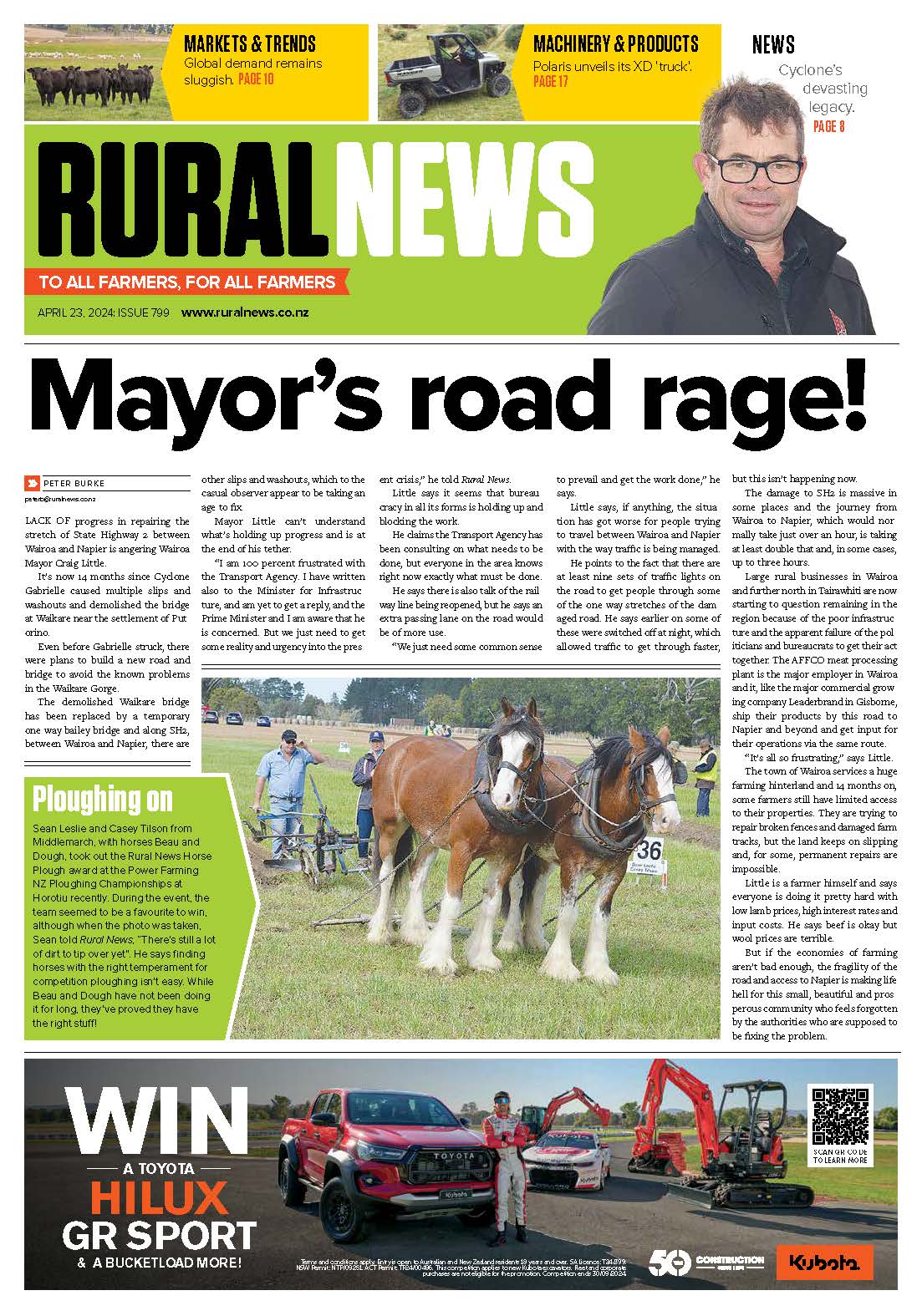BVD (Bovine Viral Diarrhoea) is a viral disease of catte.
It is widespread in New Zealand; about half of dairy and beef herds are actively-infected with BVD at any given time.
BVD is spread by persistently-infected (PI) cattle. PI cattle are those which were infected with the BVD virus before birth and before their immune system has developed fully and therefore PI cattle never recover from the infection and remain a 'virus factory' for the remainder of their (usually short) life.
BVD causes pregnancy loss, diarrhoea, milk drop, and reduced growth rates. It also suppresses the immune system, making animals more susceptible to other diseases, such as pneumonia and Salmonella. A herd with BVD infection over mating is estimated to cost affected dairy farmers $87 per cow and around $44,440 for a 400-cow farm over five years. Research in New Zealand and overseas shows that it pays to control BVD; it is always more cost-effective to do something than to do nothing.
Moreover, a well-executed BVD control plan will help you achieve other farm goals, like improving animal welfare, reducing antibiotic usage, and improving reproductive performance.
It's easy to make BVD and its management complicated, but boiling it down to the bare bones, there are four easy steps to remember to ensure that you keep your cattle protected and BVD free.
Step 1 - Monitoring your herd
To determine your herd's BVD status, monitor by regularly testing the level of BVD antibodies in pooled blood samples or a bulk milk sample. Herd antibody results are reported as S:P ratios. The higher the S:P ratio, the more likely that a PI is in contact with the herd or is in the herd5. Checking your S:P ratio 2-3 times per year will help you track changes in your BVD status. If your S:P ratio is 0.75 or greater, or if it has increaed significantly since your last test, find and eliminate PIs by virus testing the blood, ear notches or milk of suspect animals. You can also test calves for BVD to help prevent a PI entering your herd, tissue sampling units (TSU) made by Allflex (MSD Animal Health Intelligence) are a user-friendly way to take a skin sample and the same sample may be able to be used for genetic testing as well.
Step 2 - PI hunt and removal
Hopefully, you can skip straight to step 3 but if a PI is suspected then work with your vet to decide how best to conduct a "PI hunt". If an animal is confirmed to be a PI, it should be culled immediately,
Step 3 - Biosecurity
Hopefully you already have a biosecurity plan developed with your vet but some of the key features of a good plan include:
- Testing all purchased/leased animals, including service bulls, before they arrive on-farm
- Improve boundary fencing (e.g., double fencing) and manage the use of road-side paddocks when neighbouring stock is nearby
- Spell shared yards and equipment for several days between use for different groups of cattle
- Clean and disinfect boots and equipment when moving from one group of cattle to another.
Step 4: Vaccination
Work with your vet to identify groups of at-risk animals, and fully vaccinate them prior to when they could have PI contact. 'Fully vaccinating' with Bovilis® BVD means giving two doses of vaccine, 4 weeks to 6 months apart in the first year, then an annual booster for ongoing protection. Following a third dose (e.g. annual vaccination) Bovilis BVD provides 12 months fetal protection.
Groups of animals requiring vaccination for BVD control include:
- Calves/heifers away at grazing with groups of animals of an unknown BVD status
- Cattle which will be having contact with animals of an unknown BVD status over mating or pregnancy
- Animals with very little BVD antibody ("naïve” herds) and the possibility of contact with animals of an unknown BVD status
- All service bulls
BVD control is good for you animals and good for your bottom line. Monitoring the herd, finding and culling PIs, improving biosecurity, and vaccinating at-risk groups of cattle are the steps of an effective BVD control plan. For more information about BVD control, speak with your vet or visit www.TopFarmers.co.nz for BVD videos, fact sheets and more.
Bovilis is available only under veterinary authorisation.
David Dymock is MSD animal health veterinarian






